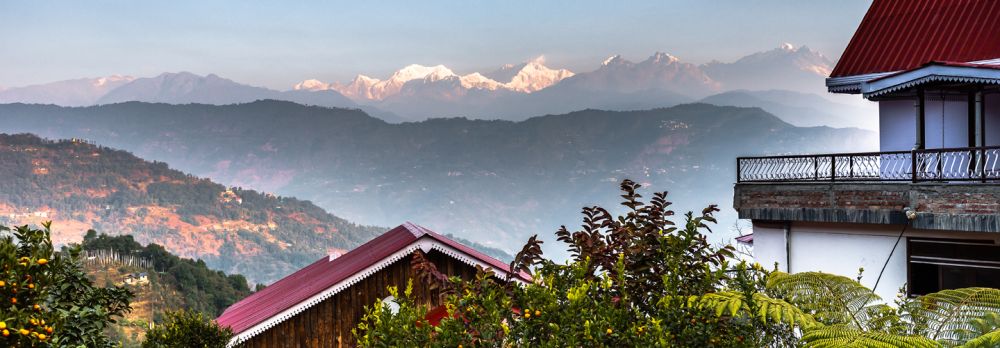

The story of tourism in Mangan, Gangtok, and the broader region of Sikkim is a fascinating one that intertwines with the history and culture of this diverse and splendid region of India. Sikkim is a state known for its rich biodiversity, stunning views of the Himalayas (including the majestic Kanchenjunga, the world's third-highest peak), and its unique cultural heritage, which includes influences from Nepalese, Lepcha, and Bhutia communities.
The seeds of tourism in Sikkim were planted with the inception of British explorations and the subsequent establishment of Darjeeling as a colonial retreat in the mid-19th century. Though Sikkim was an independent kingdom, it forged close ties with British India. Sikkim hosted several British political officers and explorers, which gradually exposed its natural beauty to the outside world.
However, it wasn't until 1975, when Sikkim was officially annexed to India as its 22nd state, that tourism truly began to develop. With this political change, travel restrictions were eased, allowing visitors to explore the region's quaint villages, ancient monasteries, and verdant valleys more freely.
The capital city of Gangtok has played a central role in Sikkim's tourism history. Blessed with a pleasant climate and picturesque mountain views, it became a hub for visitors seeking to explore the region. The construction of key infrastructure like roads and hotels in the late 20th century, coupled with the promotion of Sikkim as a peaceful and serene getaway, contributed to the growth in the number of tourists visiting Gangtok.
Mangan is the district headquarters of North Sikkim and serves as a gateway to some of the most pristine areas in the state. Tourism in Mangan began to pick up as travelers sought new experiences beyond the popular spots. Its rich flora and fauna, coupled with the annual music festival, has attracted tourists who are looking for a combination of natural beauty and cultural experiences.
In recent years, ecotourism has emerged as an important trend in Sikkim. The state has positioned itself as an eco-friendly destination, with initiatives such as banning plastic bags and promoting sustainable practices. There is also a push for homestays, which allows tourists to live with local families and experience Sikkim's culture firsthand.
Adventure tourism has also seen a rise with trekking, mountaineering, and river rafting growing in popularity. This has been bolstered by improved safety standards and the availability of certified local guides.
Moreover, wellness tourism is attracting visitors to Sikkim, with yoga retreats and spas offering traditional Sikkimese healing practices. The tranquility of the surroundings makes it an ideal location for rejuvenation.
Finally, digital nomadism and workations have become the latest buzzwords, with Sikkim appealing to remote workers who seek inspiring natural environments to balance work and leisure effectively.
In conclusion, the history of tourism in Mangan, Gangtok, and Sikkim as a whole reflects a journey from seclusion to a renowned tourist destination recognized for sustainable and diverse travel experiences. As the state continues to balance development with environmental conservation, its attractiveness as a tourist destination is poised to grow even further.